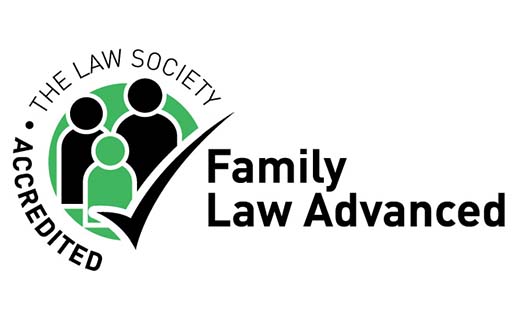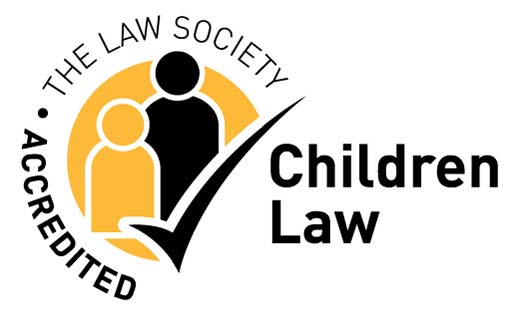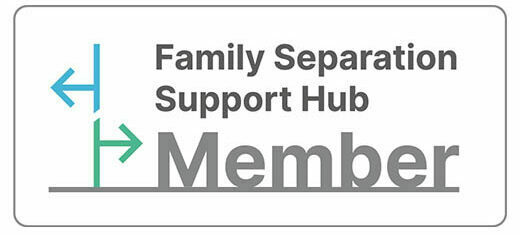If your local authority has become concerned about the safety and wellbeing of your child, it may decide to submit an application to the family courts to initiate care proceedings.
The Children Act 1989 permits the Local Authority to make an application for a care order if it has reason to believe the child is suffering or at risk of suffering serious harm.
Being faced with care proceedings can be a terribly stressful time for all family members. As a parent, you’ll likely have many questions and concerns. Appointing an experienced care solicitor is an important first step, as they will be able to provide impartial guidance and advice as your case moves through the family courts.
It can also be helpful to learn more about care proceedings and what some of the key terms mean. As a complex area of family law, the more informed you are about what’s happening and the clearer you are on the terminology, the less stressful and overwhelming the experience should become.
What does an interim care order mean?
An interim care order provides the Local Authority with a share of Parental Responsibility and the Court can also approve a care plan for a child, which can include the removal of a child. It is made usually at the outset of the proceedings, before the Court has the opportunity to consider all of the evidence. The purpose of an interim care order is to safeguard the child for an interim period. This period of time can be for the duration of the proceedings, or sooner.
An interim care order will typically be made for an eight-week period but may be extended if necessary.
What does a final care order mean?
When a final care order is issued, the Local Authority assumes a share of the parental responsibility for that child. That means they will participate in important decisions relating to that child’s upbringing. Those decisions could include:
- Where the child should live
- Who the child should live with
- The type of education they should receive
A care order will be accompanied by a final care plan, which will outline how the Local Authority intends to exercise its Parental Responsibility. This will include where the child shall live and with whom the child should have contact. The Court must approve the final care plan in order to grant the final care order.
Typically, if the child is made subject to a care order, it is because the placement is outside of the family (for example, in long-term foster care). However, this is not always the case and it can be used to support a family placement, if there are certain risks/needs of the child that need to be addressed by a care order.
A final care order will remain in place until the child reaches the age of 18 unless the order is lifted or discharged or the child is adopted.
What is the purpose of both of these orders?
Care proceedings are initiated when a local authority feels the child is at risk of serious harm. Both interim care orders and final care orders are intended to address those concerns by ensuring the child is safe and having their needs met.
An interim care order is a temporary measure intended to keep the child safe while care proceedings are ongoing. It allows the local authority to assume responsibility for the child, so they don’t continue to be at risk of harm while the case is working its way through the courts.
Often, the interim care order will allow the child to be placed into foster care or moved into the home of a relative or friend, however that isn’t always the case. In some circumstances, the child may be able to remain at home.
A final court order is a permanent measure which allows the local authority to make decisions related to the child’s welfare until that child turns 18 years old, the order is discharged, or the child is adopted.
The final care order may stipulate that the child is removed from the home and placed in foster care or in the home of a friend or relative, but this isn’t always the case. In some circumstances, a final care order may allow the child to remain living in the family home with a care plan in place. The local authority will still be able to make decisions for the wellbeing of the child.
Both interim and final care orders are intended to keep the child safe and ensure their needs are being met.
What happens at the end of an interim care order?
Interim care orders are purposefully temporary. They will usually be issued for a period of eight weeks, but they can be extended if necessary. Any extension will tend to be made for a period of 28 days. The interim care order will end if it is replaced by a final care order, or discharged.










